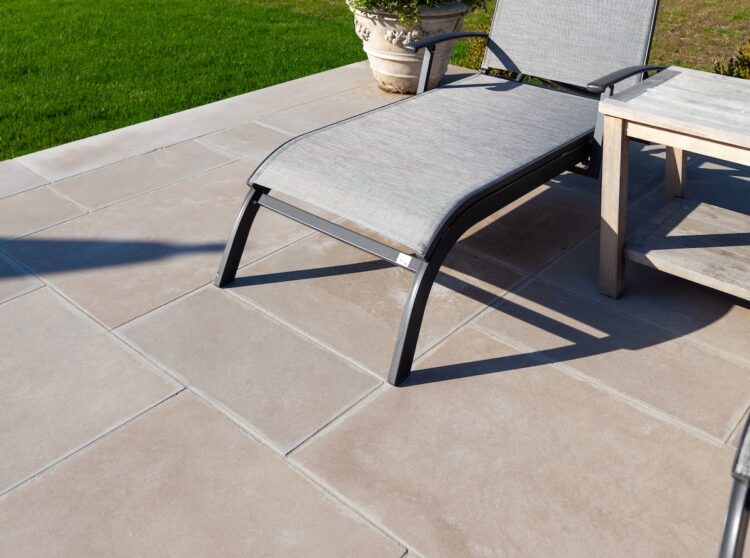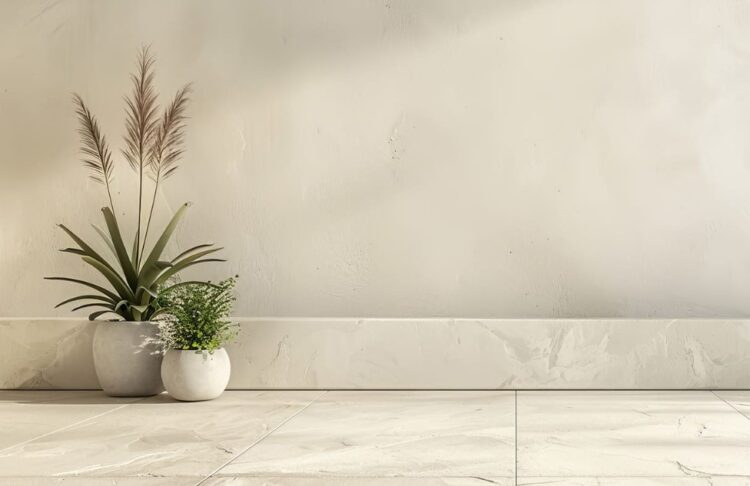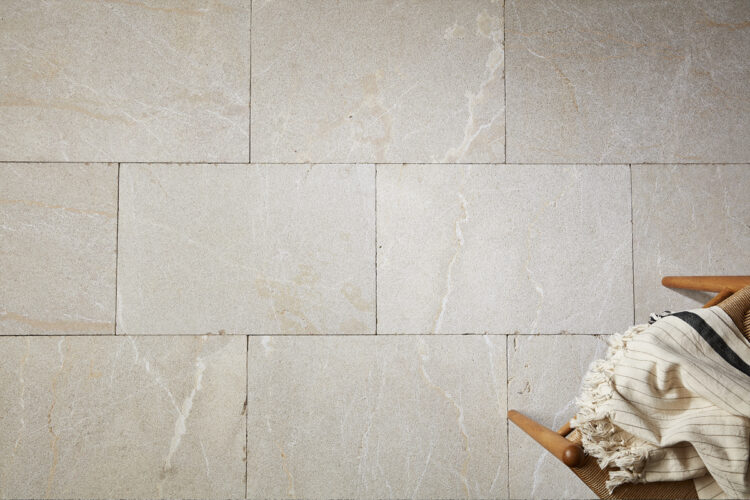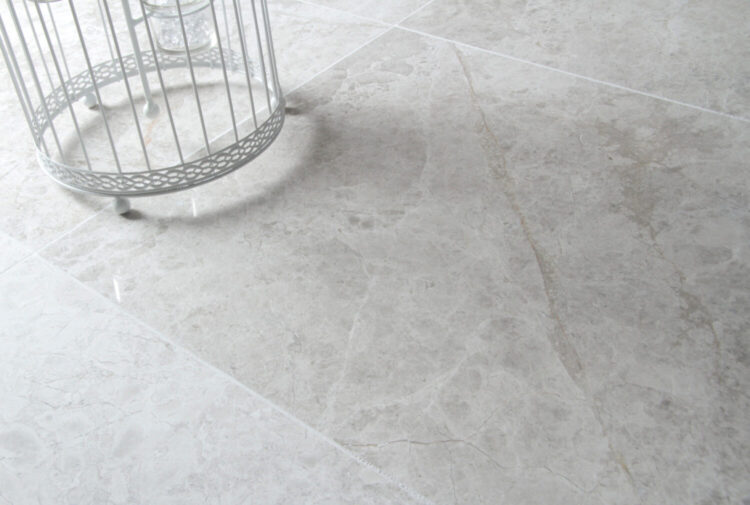Did you know limestone surfaces, when cared for properly, can maintain their stunning look for decades? Yet, improper maintenance or neglect can lead to unsightly stains, scratches, and dullness.
Whether it’s countertops, flooring, or decorative accents, limestone requires specialized care to keep it looking polished and protected.
Table of Contents
Key Points:
- Use pH-neutral cleaners to avoid etching the stone.
- Regular maintenance prevents costly repairs.
- Seal limestone to protect it from stains and moisture.
- Avoid harsh chemicals and abrasive tools.
- Professional restoration enhances durability and beauty.
Professional Limestone Restoration and Polishing Services
Professional care can breathe life back into worn or damaged stone surfaces. Their process focuses on identifying and addressing imperfections, ensuring the stone’s natural sheen and structural integrity are preserved. Polishing removes scratches and dull patches while sealing enhances protection against daily wear.
Professional service is often the most reliable way to maintain the beauty of limestone. For expert help, visit Renue Hawaii, where skilled technicians specialize in limestone restoration and polishing.
Assess the Condition of Your Limestone Before Taking Action
Before starting any maintenance or restoration, evaluate the surface to determine the level of care required.
Signs Your Limestone Needs Attention
- Discoloration ─ Stains from spills or moisture often signal the need for deeper cleaning or sealing.
- Scratches ─ Visible scratches suggest wear from foot traffic or abrasive cleaning tools.
- Dullness ─ A lack of shine indicates polishing is overdue.
- Cracks or chips ─ These need professional repair to restore both appearance and strength.
Knowing what your limestone needs ensures you take the right steps to restore its beauty.
Use Safe Cleaning Techniques That Protect Limestone
Using the wrong cleaning methods can cause significant damage to limestone. Avoid acidic or abrasive products, as they can lead to etching and scratches. Instead, follow these practical tips for safe cleaning:
- Choose the right products ─ Opt for a pH-neutral cleaner specifically designed for natural stone.
- Spot clean spills ─ Address spills immediately, especially acidic substances like wine or citrus juice, to prevent staining.
- Regular dusting ─ Dust surfaces weekly to avoid a buildup of debris that could scratch the stone.
- Mop carefully ─ Damp mop floors with a soft microfiber cloth, ensuring not to oversaturate the surface with water.
By incorporating these simple practices, you can maintain limestone’s integrity while keeping it spotless.
Steps for Limestone Restoration ─ A Detailed Approach
Restoring limestone involves a multi-step process that brings back its original elegance.
- Deep cleaning for a fresh start ─ Start by removing dirt and grime. A pH-neutral cleaner works best. Apply it evenly across the surface and let it sit for a few minutes before gently scrubbing it with a soft brush or cloth. Rinse with clean water to eliminate any residue.
- Stain removal to address persistent marks ─ Use a poultice for tough stains. Apply it directly to the stained area and allow it to dry completely before wiping it off. This method draws out embedded discoloration without damaging the stone.
- Polishing for a refined finish ─ Apply a polishing compound to bring back the stone’s natural luster. Use a soft pad or cloth to ensure an even application. Polishing not only enhances the appearance but also smooths out minor imperfections.
- Sealing for long-lasting protection ─ Sealing is a crucial step. Use a high-quality limestone-specific sealant to guard against moisture and stains. This step also deepens the stone’s color, enhancing its overall look.
Each step builds upon the previous one, ensuring the stone is not only visually appealing but also protected for the future.
Common Mistakes to Avoid When Caring for Limestone
Mistakes in maintenance can lead to unnecessary damage and costly repairs. Avoid the following errors:
- Using harsh cleaners ─ Acidic or abrasive products can permanently etch or discolor the stone.
- Skipping sealant application ─ Leaving limestone unsealed makes it vulnerable to stains and moisture.
- Overwetting the surface ─ Excess water can seep into the pores and weaken the stone.
- Using abrasive tools ─ Hard brushes or scrubbing pads can leave scratches on the surface.
Being aware of these pitfalls ensures your maintenance routine protects rather than harms limestone surfaces.
Why Sealing Limestone is Non-Negotiable
Sealing creates a protective barrier on limestone, shielding it from stains and moisture. Over time, exposure to spills, humidity, and foot traffic can degrade unsealed stone. A good sealant preserves the stone’s natural beauty by:
- Enhancing color depth and texture.
- Preventing stains from penetrating the surface.
- Guarding against moisture-related damage like cracking or discoloration.
Reapply the sealant every 12 to 24 months to maintain maximum protection.
Simple Maintenance Practices to Extend Limestone’s Lifespan
Preserving limestone doesn’t have to be complicated. A consistent routine keeps the surface pristine and reduces the need for frequent restoration.
- Prevent dirt and debris ─ Use rugs or mats near entrances to catch dirt before it reaches your stone flooring.
- Protect from furniture damage ─ Use felt pads under furniture to avoid scratches.
- Limit acid exposure ─ Keep acidic substances like vinegar, lemon juice, and harsh cleaners away from limestone.
- Clean regularly ─ Dust and wipe surfaces weekly to prevent grime buildup.
Consistency is key. Small efforts go a long way in maintaining limestone’s timeless appeal.
How Weather Impacts Outdoor Limestone Surfaces

Limestone used in outdoor settings faces additional challenges. Weather, UV rays, and moisture exposure can accelerate wear. Regular care helps combat the effects of the elements.
Protecting Outdoor Limestone
- Apply a UV-resistant sealant to prevent fading or discoloration.
- Ensure proper drainage to reduce water pooling around the stone.
- Wash away debris regularly to prevent moss or algae growth.
Outdoor limestone, when cared for properly, can withstand environmental stress without losing its charm.
Why Professionals Are Often the Best Choice for Restoring Limestone
Certain tasks, such as repairing cracks, removing deep stains, or polishing extensive surfaces, require professional expertise. Specialists have the tools, products, and techniques to handle limestone restoration efficiently.
A professional team can:
- Assess the stone’s condition comprehensively.
- Use advanced equipment for precise polishing.
- Apply premium-grade sealants for superior protection.
Hiring experts saves time and ensures the job is done right, preserving the stone’s value and appeal.
Final Thoughts
Limestone surfaces bring elegance and sophistication to any space. By following safe cleaning methods, avoiding common mistakes, and investing in regular maintenance, you can ensure your limestone remains beautiful for years to come. For intricate restoration tasks, rely on skilled professionals to deliver long-lasting results.
By giving limestone the care it deserves, you preserve not only its appearance but also its value and durability. Protect your investment by adopting these best practices today!


